The PR Horse Racing Rating (stats)
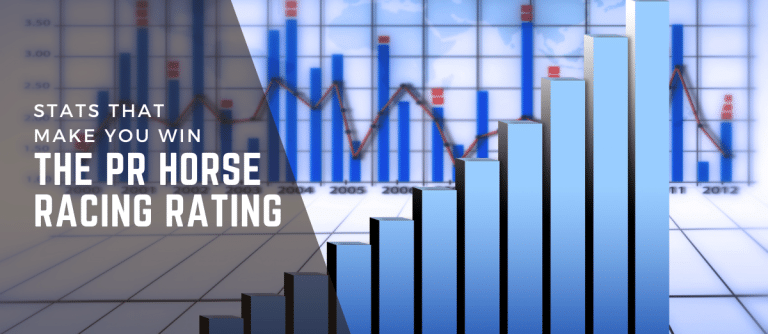
There are two ratings available on the Race Advisor website, the PR (Power Rating) rating and the VDW (Van Der Wheil) rating.
To access these ratings for every race is just £0.87 per day, and you can access them on a day-by-day basis, with no subscription. The ratings cost is capped at £9.57 in any one billing period, after which, all items tracked in the remaining billing period are tracked free of charge. The cap resets on the 2nd and 18th of each month.
You can access them by registering or logging in to your account.
In this article we are going to investigate the PR rating to uncover how it performs under different race conditions.
The purpose is to enable you to find ways that you can use it to suit your own horse racing analysis and betting.
Contents
- What do we use ratings for?
- How we measure performance
- The PR Horse Racing Rating Baseline
- The PR Horse Racing Rating by Race Types
- How you should use data to win
- The PR Horse Racing Rating by Going
What do we use ratings for?
Before we begin using a horse racing rating, it’s important for us to understand what we use them. Without this knowledge we don’t know how to use them, and may both use them incorrectly and expect them to achieve the impossible.
Initially let’s debunk the horse racing myth that a rating should be able to make you a profit without any further analysis! There is no publicly available horse racing rating that can do this. If there were, the use of it would be so widespread that it would quickly be taken account of in the live betting markets and it would no longer make the profit.
Instead we aim for a rating to be a strong predictor of the performance of a racehorse in a specific horse race.
We are looking for the rating to support our analysis in finding those horses which are strong contenders and those which are not.
A strong contender is a horse that we expect to finish within 3 lengths of the winning horse. The horse does not have to win to perform well, but it must show us that it had a competitive advantage compared to the majority of the other horses in the race.
Knowing this, we are looking for a rating to be consistent. For the best rated horses to win the most races and the worst rated horses to win the least amount of races.
The winning rate does not relate to the profitability of a rating. A rating that finds the most winners, may have the worst profit, this is because it is finding horses where the odds are always significantly lower than they should be and so we can never make a profit from.
This in itself is useful information.
Everything in horse racing is about risk, and sometimes the best bets come from horses that are not the strongest but are still able to contend in a race, and whose odds are high enough to make it worthwhile the risk of betting them.
Using the Race Advisor ratings in combination with the FMFR Method (available free in your Race Advisor account) enables you to find the strongest horses in the race, and know whether the risk on each of them is suitable for you.
How we measure performance
In order to be able to determine where we may want to use a horse racing rating, we need to have a set of metrics that we measure it by. These metrics can be used in all examples and allow us to compare between different horse racing conditions to find out how best to use the rating.
We are going to be using the following metrics:
- No. Horses – The number of horses that have been found with the rating
- Win Rate – The winning percentage of horses with the rating
- Profit – The profit or loss of horses with the rating
- ROI – The return on investment for horses with the rating
- A/E – The average/expected tells us whether there is an advantage. Any figure over 1.00 means a positive advantage, backing to win might be considered and any number less than 1.00 means a negative advantage, laying to win might be considered
- Sel. Mth – The number of horses found on average per month for horses with the rating
- Est. Drawdown – The estimated largest drawdown over the timeframe set (1 year)
Initially we will be focusing on the Rank of the PR Rating. This means that 1 is the best rated horses, 2 is the second best rated horse, 3 is the third best rated horse.
We shall be focusing on the top five rated horses. Lower than this the winning rate starts to decline. There is value in looking at horses worse than this from a lay betting perspective, or if you are interested in high odds horses. If this is you, I urge you to do your own testing and research, you will not be disappointed.
In the future we will look at updating this article with additional information based around the rating scores as well as their rankings.
The PR Horse Racing Rating Baseline
Let’s begin our investigation by finding our baseline, a starting point for us to compare everything else with. This starting point contains horses in every single race for an entire year of racing in 2022. There are 13,119 races in this sample.
| PR Rank | No. Horses | Win Rate | Profit | ROI | A/E | Avg. Odds | Sel. Mth | Est. Drawdown |
| 1 | 13117 | 28% | –233.72 | -1.78% | 1 | 5.56 | 1093 | -518 |
| 2 | 13117 | 20% | 419.11 | 3.19% | 0.99 | 8.71 | 1093 | -449 |
| 3 | 13077 | 14% | 17.42 | 0.13% | 1.02 | 17.51 | 1090 | -581 |
| 4 | 12809 | 10% | -40.87 | -0.32% | 0.98 | 32.71 | 1067 | -622 |
| 5 | 12150 | 8% | -548.98 | -4.52% | 0.99 | 52.56 | 1013 | -661 |
The table above paints an interesting picture, one which shows us the rating is very predictive.
There are 10,462 winners in the top five ranked for the PR rating, which means 80% of all winners come from the top five rated horses.
We see a loss for horses top rated, then an increase in profitability for horses rated second and third, before it drops off on horses rated fourth and fifth best.
Looking at the A/E we can see a small advantage from a back to win perspective on the third best rated horses.
However, I am sure none of us would want to contend with the estimated drawdown by following these horses blindly. Since we’re not expecting to follow them blindly in every single race, that works fine.
We now have our baseline for which to compare against throughout the rest of the article.
The PR Horse Racing Rating by Race Types
We are going to break down the top five rated horses by the following race types to determine how best to use them to get an advantage. These figures are based on backing the horses to win, but there are other bet types available, when backing to win performs poorly it is possible that the back to place or the lay markets will be successful.
Flat All Weather (A.W.) Horse Racing
| PR Rank | No. Horses | Win Rate | Profit | ROI | A/E | Avg. Odds | Sel. Mth | Est. Drawdown |
| 1 | 2949 | 26% | -188.14 | -6.38% | 0.99 | 5.86 | 246 | -192 |
| 2 | 2949 | 19% | -47.70 | -1.62% | 1 | 8.79 | 246 | -181 |
| 3 | 2947 | 14% | -110.93 | -3.76% | 0.98 | 15.18 | 244 | -231 |
| 4 | 2933 | 10% | -359.35 | -12.35% | 0.96 | 28.01 | 238 | -417 |
| 5 | 2855 | 9% | -296.35 | -10.28% | 1.03 | 50.34 | 1013 | -392 |
There are 2,950 Flat All Weather horse races in our sample, and 2,292 winners in the top five ranked for the PR rating, which means 78% of all winners come from the top five rated horses in Flat All Weather horse racing.
Flat Turf Horse Racing
| PR Rank | No. Horses | Win Rate | Profit | ROI | A/E | Avg. Odds | Sel. Mth | Est. Drawdown |
| 1 | 4791 | 27% | -54.35 | -1.13% | 0.99 | 5.70 | 532 | -301 |
| 2 | 4791 | 19% | 864.68 | 17.67% | 0.99 | 8.44 | 532 | -166 |
| 3 | 4786 | 14% | 6.48 | 0.14% | 1.03 | 14.77 | 532 | -342 |
| 4 | 4722 | 11% | -86.01 | -1.82% | 1.01 | 26.97 | 525 | -354 |
| 5 | 4521 | 9% | 78.62 | 1.74% | 1.02 | 41.78 | 502 | -315 |
There are 4,791 Flat Turf horse races in our sample, and 3,763 winners in the top five ranked for the PR rating, which means 79% of all winners come from the top five rated horses in Flat Turf horse racing.
Chase Turf Horse Racing
| PR Rank | No. Horses | Win Rate | Profit | ROI | A/E | Avg. Odds | Sel. Mth | Est. Drawdown |
| 1 | 1935 | 29.56% | -1.08 | -0.06% | 1.01 | 4.98 | 161 | -158.08 |
| 2 | 1935 | 22.89% | -15.08 | -0.78% | 1.03 | 7.14 | 161 | -226.49 |
| 3 | 1907 | 15.94% | 84.12 | 4.41% | 1.02 | 12.87 | 159 | -226.11 |
| 4 | 1783 | 10.49% | -188.82 | -10.59% | 0.91 | 23.43 | 149 | -425.98 |
| 5 | 1549 | 8.46% | -111.95 | -7.23% | 0.9 | 35.33 | 129 | -384.64 |
There are 1,935 Chase Turf horse races in our sample, and 1,636 winners in the top five ranked for the PR rating, which means 85% of all winners come from the top five rated horses in Chase Turf horse racing.
Hurdle Turf Horse Racing
| PR Rank | No. Horses | Win Rate | Profit | ROI | A/E | Avg. Odds | Sel. Mth | Est. Drawdown |
| 1 | 2997 | 30.40% | -0.37 | -0.01% | 0.99 | 5.34 | 250 | -154.05 |
| 2 | 2998 | 19.11% | -338.23 | -11.28% | 0.93 | 10.26 | 250 | -382.33 |
| 3 | 2993 | 14.63% | 12.53 | 0.42% | 1.06 | 27.12 | 249 | -195.72 |
| 4 | 2928 | 9.77% | 276.22 | 9.43% | 1 | 52.73 | 244 | -128.89 |
| 5 | 2791 | 7.06% | -113.92 | -4.08% | 0.99 | 82.07 | 233 | -272.08 |
There are 2,998 Hurdle Turf horse races in our sample, and 2,405 winners in the top five ranked for the PR rating, which means 80% of all winners come from the top five rated horses in Hurdle Turf horse racing.
There are also 445 races from Bumper and Chase All Weather horse racing, Hunter Chase and NH Flat. From these 366 winners are in the top five ranked for the PR rating, which means 82% of all winners come from the top five rated horses in these races.
This gives us some very interesting information. Immediately we can see that, straight out of the box, All Weather Horse Racing provides the worst performance for the ratings. However, horses ranked 2 and 3 on All Weather racing only make a small loss. All the other race types have some rankings which make a profit (although I would not recommend following them blindly)
What do these results mean?
I tend to find it’s easier to understand horse racing ratings when we look at them visually, so… that’s exactly what we’re going to do.
Let’s begin by looking at the winning rates for each of our race types.
Race Type Analysis Winning Rate
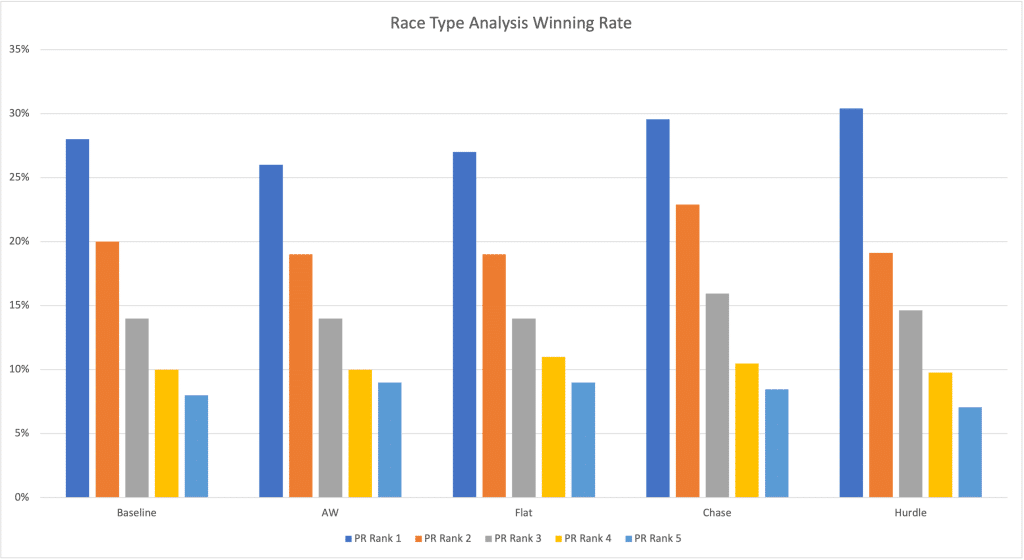
The first thing that is very important to take notice of is that we get a nice smooth curve of from the best rated to the worst rating (we are only considering the top five horses). This means the worse a horse is rated the less it wins.
The winning strike rate is pretty consistent to the baseline. The top ranked horse in Chase and Hurdle races slightly out-performs the baseline.
Race Type Analysis Profit
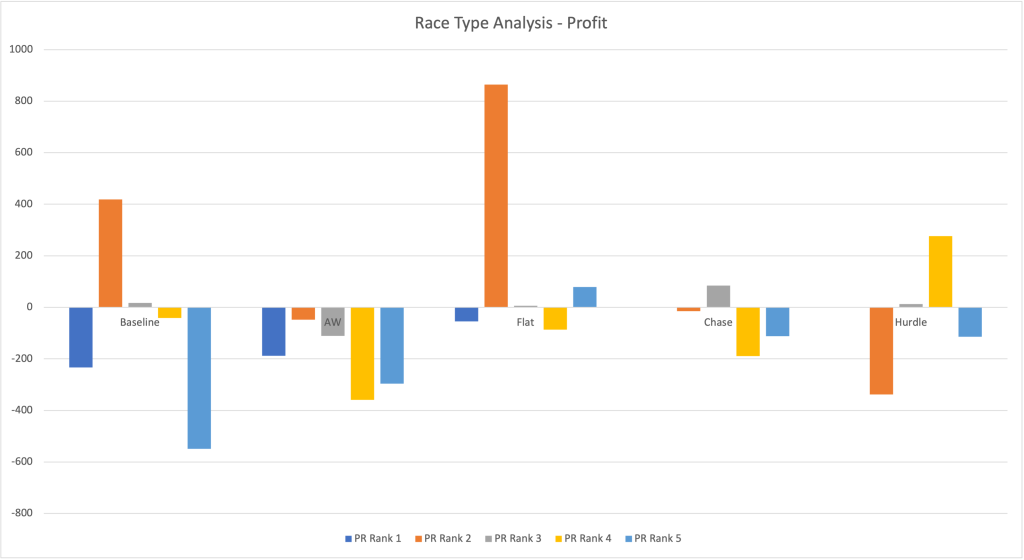
As you can see above, the second ranked horse makes a profit in our baseline, and in Flat horse racing this is significantly increased. Outside of this, the third ranked horse makes a profit in Hurdle racing and there are a few other small profits made elsewhere.
However, profit is not the best way to determine a good betting approach as it only shows a portion of the picture, a portion which is not very useful.
A better way is to use a combination of return on investment (ROI) and the A/E rating. Which is what we’re going to do now.
Race Type Analysis ROI
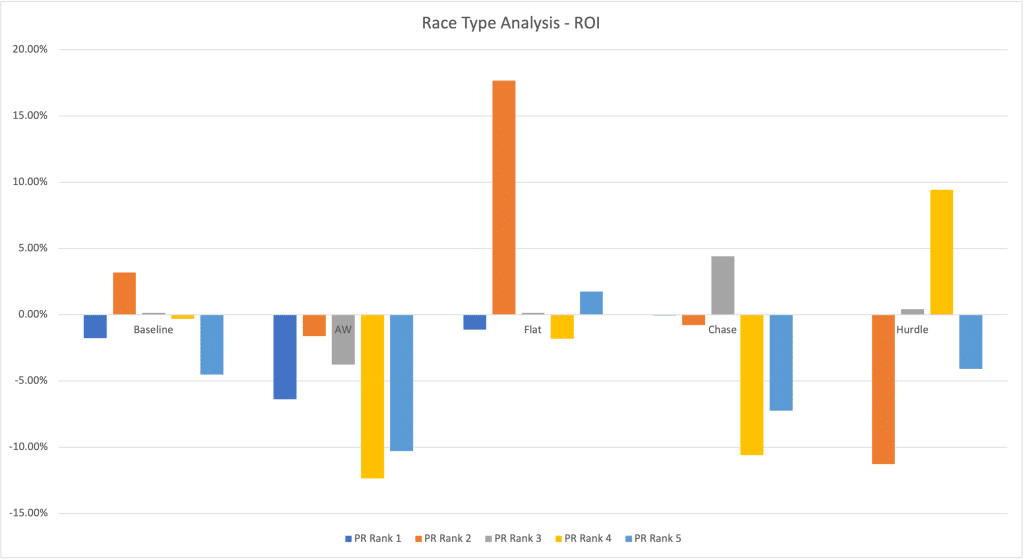
We start to see a much more interesting picture when we consider the ROI. The second ranked horse baseline doesn’t look quite so strong now, whereas the second ranked on Flat horse racing still looks very strong. Interestingly the ROI on Chase horse racing for the third ranked and Hurdle horse racing for the fourth ranked also look strong.
Race Type Analysis A/E
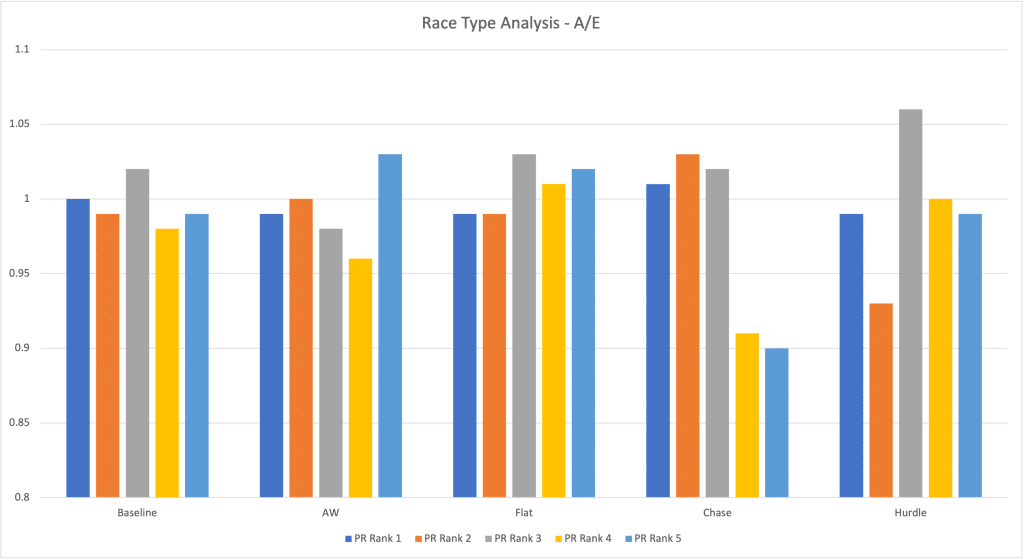
The A/E tells us the most interesting story. There is only one category, third ranked on Hurdle horse racing, where the horse has a high enough A/E to consider there to be a strong advantage. This is matched with a nearly 10% ROI.
IMPORTANT: I still do not recommend you start betting on all these horses, but they could be a very strong starting point to use the FMFR on if you don’t want to go any further.
But… I do recommend you go further, because we are only just starting to scratch the surface!
There are a number of groups of horses which showed a positive A/E figure (a number greater than 1) and all these have the potential to be made into profitable angles with a little bit more effort.
In this way we can use all the data together.
Now that we have some data, I want to show you how you should use it to determine a successful approach to follow. It’s easy to get it wrong, but it’s equally as easy to get it right. The next section looks at how to use data, and then we are going to come back to researching the other key areas of horse racing conditions.
How you should use data to win
Generally speaking, the go to that the majority of people use when determining if a horse racing betting method is going to work, are the profits.
But this is a mistake.
As you’ve seen above with the second ranked horses. It’s possible to have very high profits over a year, but when you look at the ROI it’s low, when you look at the A/E there is no real advantage (indicating that the profit is part of variance on a very high number of selections), and when you look at the potential downswing it’s pretty huge.
The fields you want to focus on are A/E and ROI (in that order).
When they are looking good together, you then want to focus on number of selections (are there enough, not enough or too many for you), and finally the downswings (indication of bankroll requirements and whether you are able to cope with the length of them).
For backing (win or place markets) we want the A/E to be above 1.05 to give us a big enough advantage to work with in the long-term. For laying (win or place markets) we want the A/E to be below 0.95, again giving us enough advantage to work with for the long-term.
Of course, the higher/lower this number is the stronger the advantage. But beware of numbers that are huge, while not always the case it can indicate that you have a very small number of horses, or that there have been wins by very high priced horses which are skewing the results.
When you find something suitable the next data point to look at is the ROI.
While most people look for ridiculously large numbers, you should be happy with anything over 5%. This is a very strong figure, and a good baseline to have as a long-term achievable return.
In fact, anything down to about -3.00% is possible to use, because with the FMFR method you can turn a small negative ROI into a good positive one. And I always recommend using the FMFR method before betting. If you don’t have a copy, then login/create your free account and head here.
When your ROI is satisfied, the next item to consider is whether there are too many, too few or the right amount of possible horses for you to consider betting on. If it’s right, then great, move ahead. If one of the other two then you need to do some more work by either narrowing down on stronger horses to reduce the number, or pulling back on your focus to increase the number. Always remember that when you implement the FMFR method you will not be betting on every possible horse, so this will also limit the number of horses you are betting on.
Finally we check the downswings. These is an estimated largest drawdown in bankroll over the timeframe you have been considering (it can be larger).
Your bankroll should be at least three times the size of this drawdown.
If that is too large for you, then you need to reconsider your approach. Sometimes it will mean starting again from the beginning, that’s okay, you want to spend the time now so you are comfortable when you hit that downswing.
Work out the estimated duration of the downswing.
If you have a downswing of 150 units, and your averaging 100 bets per month, then you know the downswing will last a minimum of six weeks (one and a half months). In reality it is likely to be at least twelve weeks, because in that downswing there will be winning bets, and it could be as long as three or four months.
Ask yourself if you didn’t reach a new high point in your bankroll for that period of time would you struggle to continue?
If you answer ‘yes’ then you need to go backwards a few steps and look for an approach that has a high winning rate, and possibly less horses (if you have a high volume of horses already).
This is how you measure and build a long-term successful approach to horse racing.
Now we’re going to get back to analysing the PR horse racing rating.
The PR Horse Racing Rating by Going
Next we are going to break down the top five rated horses by different goings to determine how best to use the ground to get an advantage. The going is the condition of the ground the horses are racing on and it can range from firm to heavy (very wet).
The following figures are based on backing the horses to win, but always remember there are other bet types available and when backing to win performs poorly it is possible that the back to place or the lay markets will be successful.
Horse Racing on Good going
| PR Rank | No. Horses | Win Rate | Profit | ROI | A/E | Avg. Odds | Sel. Mth | Est. Drawdown |
| 1 | 4141 | 28.52% | -38.77 | -0.94% | 0.99 | 5.26 | 345 | -220.01 |
| 2 | 4141 | 19.51% | 595.7 | 14.39% | 0.94 | 9.09 | 345 | -272.26 |
| 3 | 4114 | 15.24% | 259.21 | 6.30% | 1.05 | 18.98 | 343 | -282.59 |
| 4 | 3973 | 10.85% | -7.05 | -0.18% | 1.04 | 34.62 | 331 | -255.08 |
| 5 | 3718 | 8.15% | -350.34 | -9.42% | 1 | 52.05 | 310 | -566.01 |
There are 4,141 horse races in our sample on good going. Of these there are 3,350 winners in the top five ranked for the PR rating. That tells us that 81% of winners on good going come from the top five ranked for PR rating.
There are more statistics coming soon…



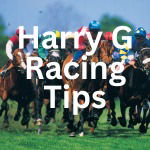
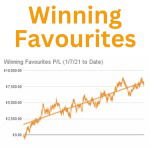
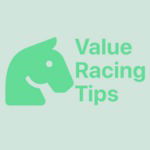
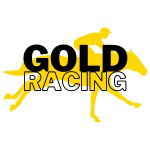
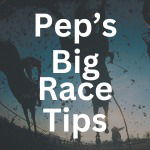
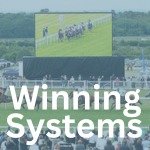
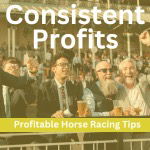
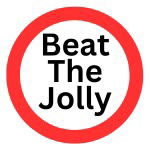
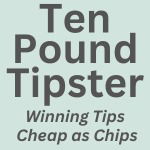
Excellent article, Michael. Very informative and much appreciated. Thank you.
Thank you 🙂
A high quality article as expected and one which provides considerable valuable information for thought and action.
Invaluable information as always Michael! You’re taking our betting knowledge to a much higher level, for which much thanks!
Best,
Philippa
I have 4 systems using the RA Stats and I will be using the information
in this high grade article to put them to the test.
I look forward to articles in the coming weeks.
Thanks for all your hard work
There are many producers of ratings but few take the time to explain how best to use them other than the top rated win x% of the time. I have always thought that ratings should come with an in-depth analysis and guidance to make them profitable, and this is a great start. Thank you.
My pleasure, I’m looking forward to letting you know when the next section is out!
Hi Michael. A very informative read, thank you. However, what isn’t clear to me is, when I am analysing a race, how do I calculate a/e and ROI for each horse? I have purchased and downloaded the ratings this morning and I cannot see these fields on the CSV so I assume that I need to generate this data for myself.
I’m pleased you enjoyed it. It’s very difficult to calculate the A/E and expected ROI for each horse before a race, these are more numbers we can use on historic data to help us interpret how to use the ratings on future racing. For example, if we were looking at PR Rank 2 on the flat, we know that it has made a good ROI, but the A/E is less than 1. This tells us that there isn’t an expected advantage, although it made a good ROI in the last year we can expect (at some point) a levelling of this back downwards. It is possible to have a positive ROI where the A/E is less than one, but this is usually a low ROI, profit is made from high volume, and there are very big bankroll swings.
Back to PR Rank 2… the A/E is only 0.99, which means we can expect this to be pretty close to break even (or profitable if lots of volume and low ROI as mentioned above). However, it isn’t going to take much to push that A/E above 1.00 and gain an expected advantage as well as the positive ROI. Now we need to ask ourselves… how?
There are a number of ways, we can filter more as we find out more statistics in this article, but initially I would simply suggest using the FMFR method on them. This alone should be able to bring it to a positive expectation (with a bit of practice, and assuming you are tracking your results). However that may be too high a volume of horses to consider each day (although you only ever need to consider as many as you have time for). With that in mind, we could look for horses that are in the 3rd to fifth position of the betting market and have a PR Rank 2, and then use the FMFR Method on them. I haven’t specifically analysed this statistically, however we know horses with a PR Rank 2 win 20% of the time on average. We can expect that to drop if we remove the betting market favourite and second favourite, but the odds will increase as the market is possibly underestimating their chance. We can then increase the winning rate back up using the FMFR Method because this process will enable us to remove the horses which are clearly not likely to perform strongly in the race.
This is just an example of one way that we can use the information in this article.
As a stats geek myself I appreciate how much time and effort goes into a post like this. Thanks for shouldering most of the burden.
Well it is all gobbley gook to me,
In summery how do you use the ratings